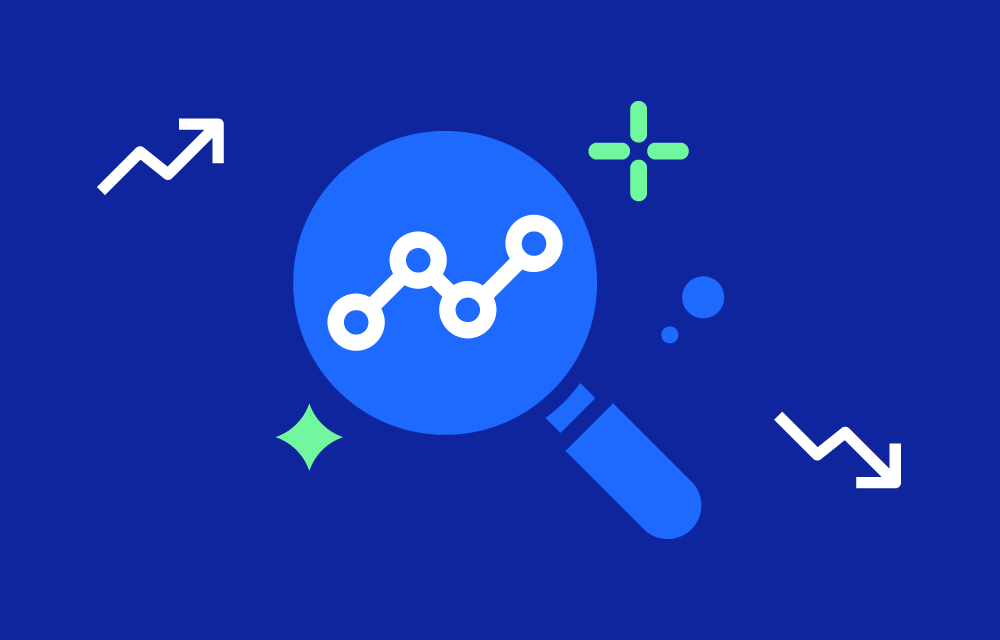Market
The FinOps market is rapidly expanding, driven by the increasing adoption of cloud services. Major players include AWS, Azure, Google Cloud, and FinOps platforms like Zesty and Spot.io are supporting FInOps in achieving and supporting FinOps KPIs when it comes to cloud spending. The market for cloud financial management tools is expected to grow significantly, with a projected value of billions of dollars. Organizations across various sectors, from startups to large enterprises, are adopting FinOps practices to manage cloud costs better.
Purpose
The primary purpose of FinOps KPIs is in enabling organizations to manage cloud costs effectively while maximizing business value. By providing visibility into cloud spending, these KPIs help organizations identify waste, optimize resource allocation, and ensure financial accountability across teams. This leads to improved cost efficiency, better budgeting, and enhanced financial forecasting.
Challenges
Implementing and tracking FinOps KPIs come with challenges, including:
- Data accuracy and consistency across multiple cloud providers.
- Integration with existing financial and IT systems.
- Resistance to change from teams accustomed to traditional financial management practices.
- The complexity of setting up and maintaining comprehensive KPI tracking systems.
Key features
- Real-time Monitoring: Continuous tracking of cloud spending and usage.
- Automated Reporting: Generation of detailed financial reports.
- Predictive Analytics: Forecasting future costs and recommending cost saving measures based on current usage trends.
- Cross-Functional Dashboards: Visualizations accessible to both finance and technical teams.
- Cost Allocation: Assigning cloud costs to specific departments, projects, or teams.
Examples of FinOps KPIs and how to calculate
- Cost per Transaction:
- Calculation: Total Cloud Cost / Number of Transactions
- Example: If your total monthly cloud cost is $10,000 and you process 2,000 transactions, the cost per transaction is $5.
- Cost per User:
- Calculation: Total Cloud Cost / Number of Active Users
- Example: If your cloud cost is $20,000 and you have 1,000 active users, the cost per user is $20.
- Resource Utilization:
- Calculation: (Used Resources / Allocated Resources) * 100
- Example: If you have allocated 1000 CPU hours and used 750 CPU hours, the resource utilization is 75%.
- Budget Variance:
- Calculation: (Actual Spend – Budgeted Spend) / Budgeted Spend * 100
- Example: If the budgeted spend is $15,000 and the actual spend is $18,000, the budget variance is 20%.
- Idle Resource Cost:
- Calculation: Cost of Unused Resources
- Example: If you are paying $1,000 for resources that are not being used, the idle resource cost is $1,000.
Types of KPIs
- Cost Efficiency KPIs: Measure cost savings and cost avoidance.
- Usage KPIs: Track resource utilization rates.
- Operational KPIs: Evaluate the efficiency of cloud operations.
- Financial KPIs: Monitor budget adherence and financial performance.
Use Cases
- Cost Optimization: Identifying and reducing unnecessary cloud expenditures.
- Budgeting: Accurate forecasting and allocation of cloud budgets.
- Performance Tracking: Monitoring the effectiveness of cost-saving measures.
- Accountability: Ensuring teams are responsible for their cloud usage and spending.
Roles accountable for achieving KPIs
- FinOps Practitioner: Manages and tracks KPIs, ensures financial accountability.
- Cloud Architect: Designs cost-efficient cloud architectures.
- Finance Team: Oversees budgeting and financial reporting.
- Engineering Teams: Implements cost-saving practices and monitors usage.
How to establish and track KPIs
- Identify Key Metrics: Determine which KPIs are most relevant to your organization.
- Set Up Tracking Tools: Use FinOps platforms and cloud provider tools to monitor KPIs.
- Establish Baselines: Measure current performance to set benchmarks.
- Regular Monitoring: Continuously track KPIs and adjust strategies as needed.
- Reporting: Generate and review reports to assess performance and make informed decisions.
Similar Concepts
- Cost Management: Broader term encompassing all cost-related activities.
- Cloud Financial Management: Focuses specifically on managing cloud expenditures.
- Performance Management: General business practice of monitoring and improving performance.



